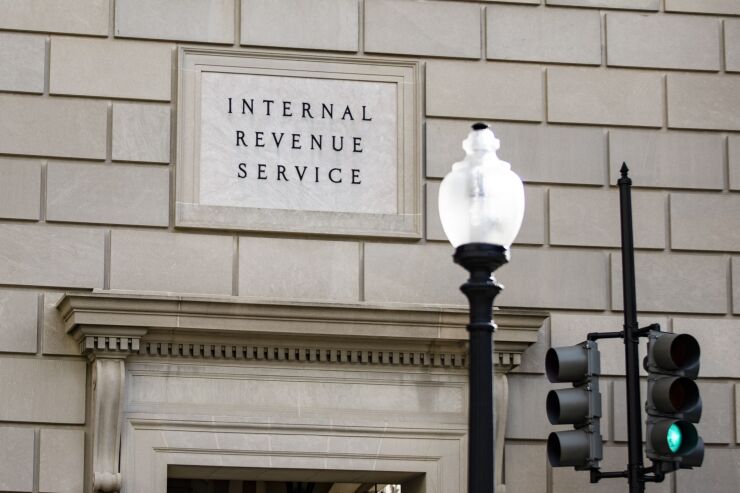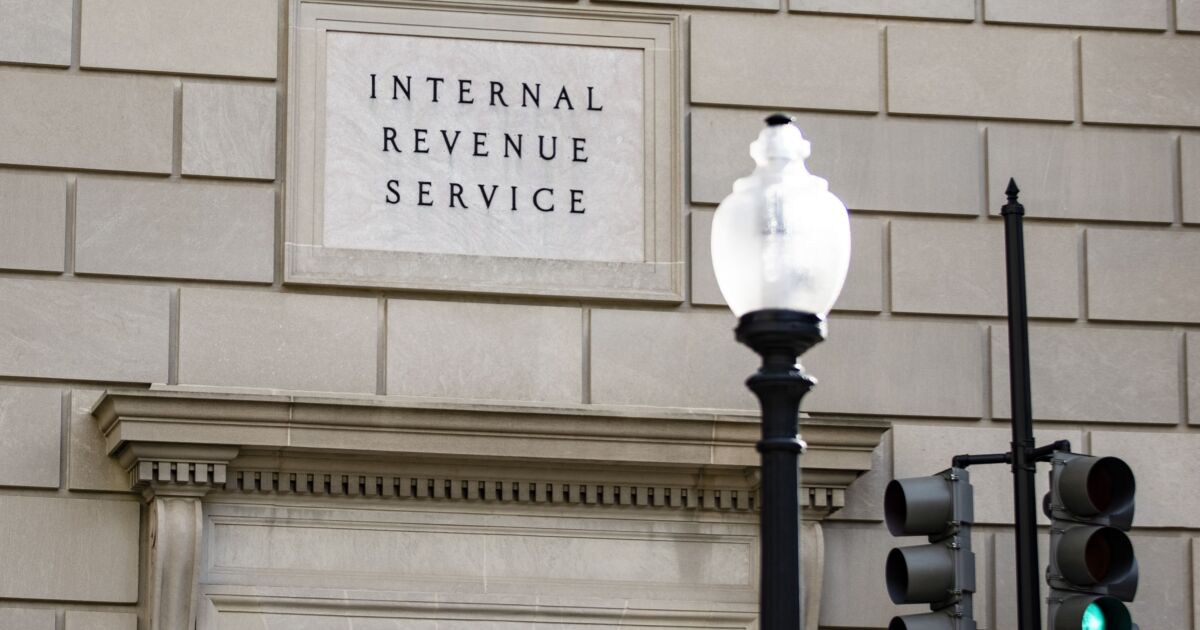The Internal Revenue Service is once again extending for another year the transition period during which taxpayers have 45 days to perfect a research credit claim for refund before the IRS makes its final decision about the claim. They will now have through Jan. 10, 2025, to perfect the claim.
Over a year ago, the IRS extended the time to fix the claim through Jan. 10, 2024 (see story). Now taxpayers will have an extra year to do it. The IRS’s Large Business and International Division has also updated the frequently asked question page to provide a best practice example of a claim submission.
The IRS has been cracking down on shoddy claims for the R&D tax credit, demanding more documentation to demonstrate that the claims are based on legitimate work. The IRS Chief Counsel’s office issued a memorandum in 2021 saying that for a taxpayer’s refund claim for the research credit to be valid, the taxpayer must, at a minimum:
- Identify all the business components to which the Section 41 research credit claim relates for that year.
- For each business component, identify all research activities performed and
- name the individuals who performed each research activity,
- as well as the information each individual sought to discover.
- Provide the total qualified employee wage expenses, total qualified supply expenses and total qualified contract research expenses for the claim year. This may be done using Form 6765, Credit for Increasing Research Activities.
The five items of information are required for any research credit claim for refund, whether it’s formal or informal, the IRS said in the updated FAQ page. However, Form 1120 taxpayers cannot file an informal claim for refund for the research credit and must file a formal amended return for any research credit claim for refund.

Samuel Corum/Bloomberg
Taxpayers also need to provide a declaration signed under penalty of perjury verifying that the facts they provide are accurate. In most cases, the signature on the Forms 1040X or 1120X serves this function. Taxpayers are encouraged to provide the facts in a written statement as opposed to just handing over a set of documents. If a taxpayer provides documents, including a credit study, the taxpayer must specify the exact page or pages that support a specific fact. “A mere volume of documents will not suffice to meet a taxpayer’s obligation,” said the 2021 memo.
The updated FAQ page says taxpayers can provide the required information as part of the explanation (for example, Part II of the Form 1120X) or as attachment to the claim for refund. However, the IRS can only accept information provided on paper or submitted through facsimile. It can’t accept information provided through other forms, such as portable electronic storage devices. FAQ item 12 provides a best practice example of a perfected submission.




